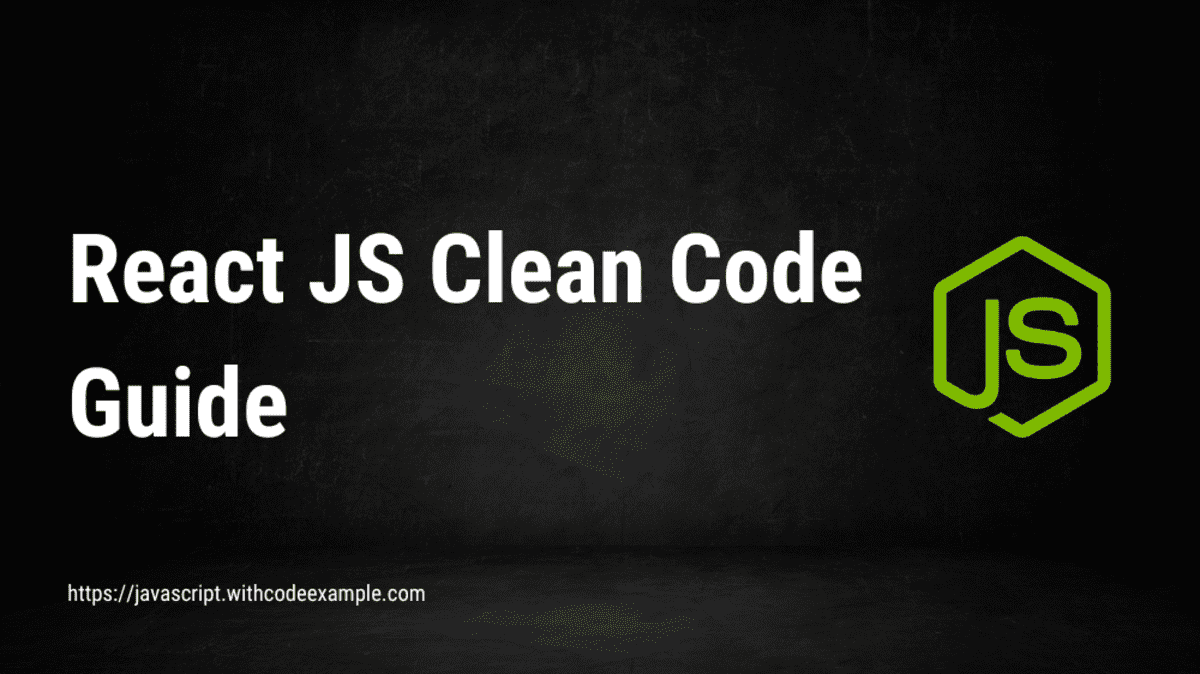React JS Clean Code Guide

React.js has revolutionized front-end development by providing a powerful and efficient way to build user interfaces. However, as your React application grows in complexity, maintaining clean, readable, and maintainable code becomes crucial. In this guide, we’ll explore best practices for writing clean React.js code that not only works but is also easy to understand and maintain.
1. Component Structure and Organization
A well-structured component hierarchy simplifies navigation and aids in understanding the flow of your application. Follow these guidelines:
- Single Responsibility Principle (SRP): Keep your components focused on a single responsibility. If a component becomes too large, consider breaking it down into smaller, more manageable pieces.
- Container and Presentation Components: Separate your components into two categories: container components (responsible for data and logic) and presentation components (focused on rendering UI). This separation enhances code clarity and reusability.
- Folder Structure: Organize your components in a logical folder structure. Group related components together, and consider using directories like
components,containers, andutilsto keep things organized.
2. Descriptive Naming
Descriptive naming in React refers to the practice of choosing meaningful and self-explanatory names for variables, functions, components, files, and other elements within your React application’s codebase. The goal of descriptive naming is to make the purpose and functionality of each element immediately clear to other developers who read or collaborate on the code. This practice enhances code readability, maintainability, and overall understanding of the application.
Here are some guidelines for using descriptive naming in your React code:



